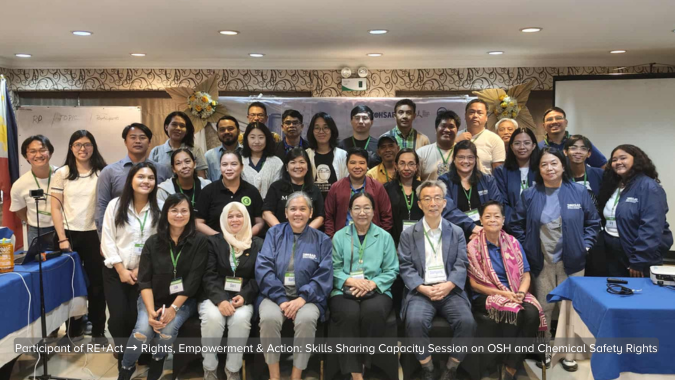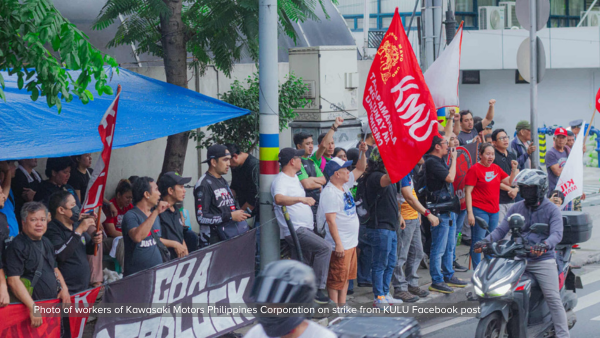SHARPS has scored two legal wins in a single day, achieving new momentum in its ongoing effort to hold Samsung Electronics Co., Ltd accountable for the occupational disease cluster.
Samsung LCD and Leukemia
On July 7, the KCOMWEL approved a workers compensation claim filed by a former Samsung worker, confirming that she fell victim to chronic myelogenous leukemia as a result of working at Samsung’s LCD lab. This is the first such acknowledgement by the workers compensation agency for a worker employed in LCD production.
The 33-year-old claimant, identified only by her last name Kim at her request, began to do color filter processing as an apprentice at the LCD plant in 2002 when she was only eighteen years old. Color filter processing involves benzene, formaldehyde, ionizing radiation, electromagnetic fields, and similar hazards. Kim said she was exposed to these hazards with little protective gear.
By 2008, after the five years and seven months of chemical exposure and frequent night shifts, she succumbed to chronic fatigue, irregular periods, and infertility, which led to her resigning from the job. Two years later, in 2010, she was diagnosed with chronic myelogenous leukemia. Kim was only twenty-four years old.
One time and skewed
In Oct. 2014, she filed a claim for workers compensation. In response, in 2015-2017, the KOSHA conducted an epidemiological probe of her workplace, which it said only turned up immaterial work-relatedness.
The probe was skewed in Samsung’s favor as the KOSHA complied with the company’s request and did not allow Kim’s or her legal counsel’s presence during the probe. This meant Samsung only showed the KOSHA investigators what it wanted to show.
On June 23, 2017, a seven-member evaluation committee reversed its earlier decision and decided in favor of Kim’s claim by a 5-2 margin. “Although it showed low work-relatedness,” said the committee, “this onetime epidemiological survey is insufficient to determine the routine and continual exposure [of hazardous materials] sustained by the claimant.”
On July 7, 2017, the KCOMWEL officially informed Kim of the decision.
Higher Win
On the same day, Seoul’s higher court upheld a lower court decision in favor of posthumous workers comp benefits for Lee Eun-joo. Lee died of ovarian cancer in 2012, more than ten years after her first diagnosis. She was diagnosed with the cancer in 2000, after six years of gluing together silicon wafers with formaldehyde lead at a Samsung lab where she began to work at the age of seventeen.
The lower-court ruling was the first of its kind as it tied the work-relatedness of Lee’s cancer to working conditions at Samsung’s chip lines.
SHARPS’s Sit-in Continues
Since Oct. 7, 2015, SHARPS and its supporters have been staging a sit-in at Samsung D’light, the company’s so-called global exhibition space in south Seoul, calling for the world’s largest technology company to: 1) compensate all victims of occupational disease transparently and sufficiently; and 2) make a sincere and full apology.
Industrial accident
For more information about this topic read the article Workers’ welfare service with first recognition of leukemia contracted at Samsung LCD factory. “This is the first time that leukemia contracted from working in an LCD factory has been recognized as an industrial accident.”









